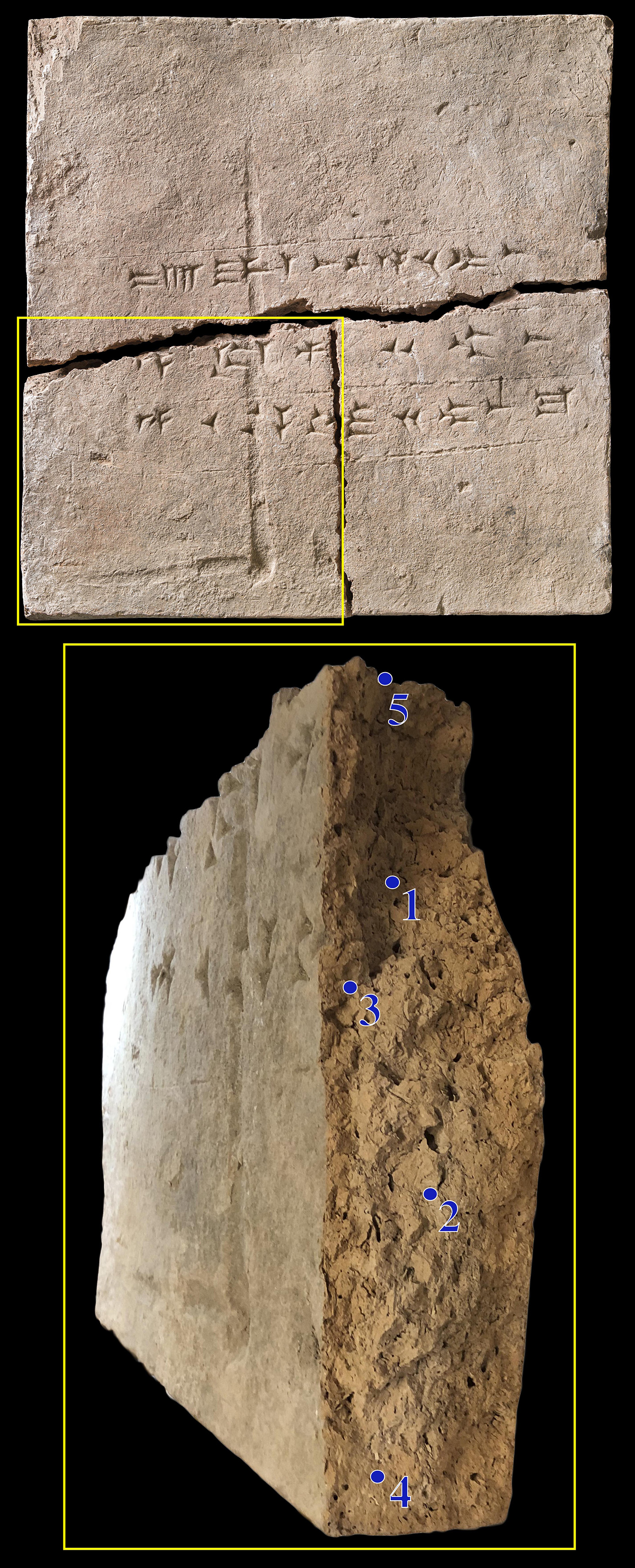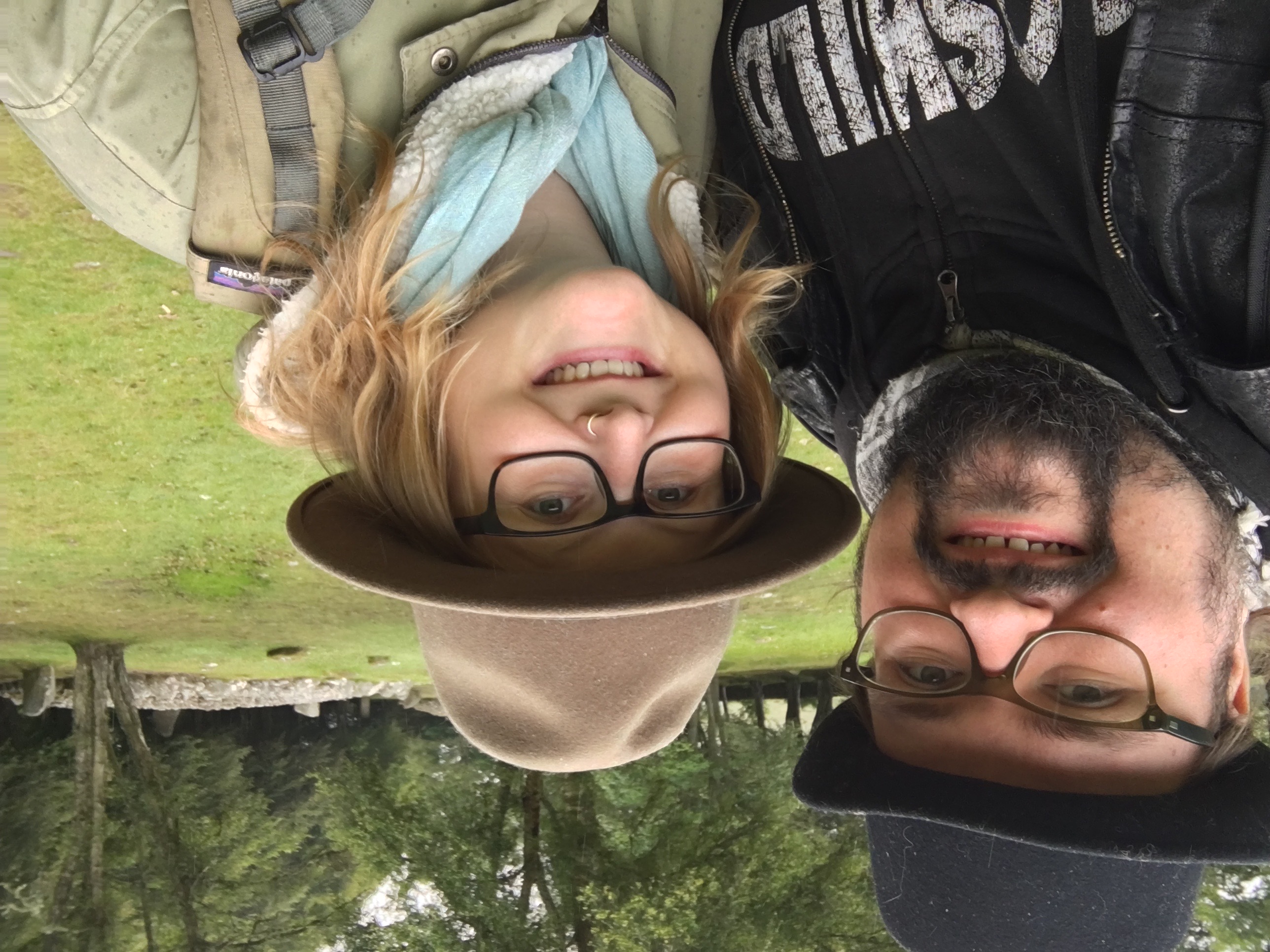News
Researchers extract ancient DNA from a 2,900-year-old clay brick, revealing a time capsule of plant life
WildCRU research fellow Dr Sophie Lund Rasmussen was part of a team that recently extracted ancient DNA from a 2,900-year-old clay brick. Her husband Troels Arbøll, was joint first author of the paper – published today in Nature Scientific Reports.
Currently housed at the National Museum of Denmark, the clay brick originates from the palace of Neo-Assyrian king Ashurnasirpal II, in the ancient city of Kalhu. Known today as the North-West palace in Nimruh, modern-day Iraq, its construction begun around 879 BCE. The brick has a cuneiform inscription stating that it is “The property of the palace of Ashurnasirpal, king of Assyria”, which made it possible to date the clay with some precision.
During a digitalization project at the Museum in 2020 researchers were able to obtain samples from the inner core of the brick – meaning there was a low risk of DNA contamination since its creation. The team extracted DNA from the samples by adapting a protocol previously used for other porous materials, such as bone.
After the extracted DNA had been sequenced, the researchers identified 34 distinct taxonomic groups of plants. The plant families with the most abundant sequences were Brassicaceae (cabbage) and Ericaceae (heather). Other represented families were Betulaceae (birch), Lauraceae (laurels), Selineae (umbellifiers) and Triticeae (cultivated grasses). With the interdisciplinary team comprising Assyriologists, archaeologists, biologists, and geneticists, they were able to compare their findings with modern-day botanical records from Iraq as well as ancient Assyrian plant descriptions.
In addition to the fascinating insight this individual brick revealed, the research serves as a proof of concept and method which could be applied to many other archaeological sources of clay from different places and time periods around the world, to identify past flora and fauna. Being able to provide accurate descriptions of ancient biodiversity is hugely valuable to be able to better understand and quantify present day biodiversity loss.
Dr Sophie, joint first author, said: ‘This research project is a perfect example of the importance of interdisciplinary collaboration in science, as the diverse expertise included in this study provided a holistic approach to the investigation of this material and the results it yielded.’
This research was conducted in collaboration with Troels Pank Arbøll from Faculty of Asian and Middle Eastern Studies, University of Oxford and Department of Cross-Cultural and Regional Studies, University of Copenhagen; Anne Haslund Hansen from Modern History and World Cultures, National Museum of Denmark; Nadieh de Jonge, Cino Pertoldi and Jeppe Lund Nielsen from Department of Chemistry and Bioscience, Aalborg University and Aalborg Zoo (CP).
-
 © Troels Arboll
© Troels Arboll -
 Troels and Sophie
Troels and Sophie





